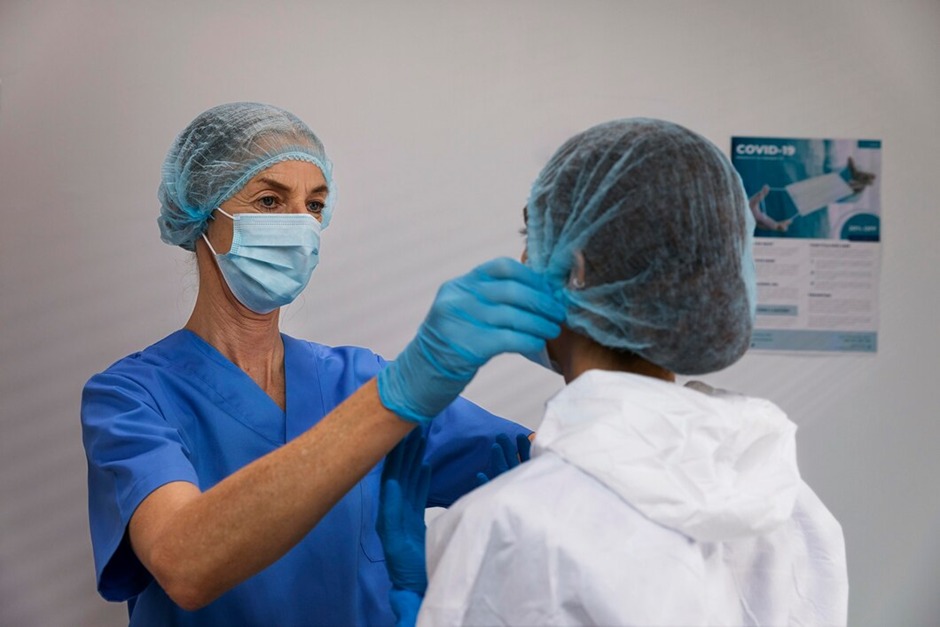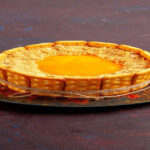Introduction to Asian Rhinoplasty
Rhinoplasty, commonly known as a nose job, is a surgical procedure that modifies the shape, structure, or size of the nose. While the basic principles of rhinoplasty remain the same across different ethnicities, Asian rhinoplasty is a specialised field that considers the unique anatomical and cultural aspects of the Asian nose. This article will provide you with a comprehensive overview of what Asian rhinoplasty entails, from the surgical techniques used to the recovery process.
Cultural and Aesthetic Considerations
The Influence of Cultural Beauty Standards
In many Asian cultures, the ideal nose is often perceived as having a higher bridge and a well-defined tip. These aesthetic preferences can vary widely depending on cultural influences, but the desire for a harmonious and balanced facial appearance is a common goal. Understanding these cultural beauty standards is crucial for both patients and surgeons to achieve a result that aligns with the patient’s expectations.
Common Aesthetic Goals for Asian Rhinoplasty
Asian rhinoplasty typically focuses on enhancing the nasal bridge, refining the tip, and sometimes reducing the width of the nostrils. These changes aim to create a nose that is proportionate to the rest of the facial features while maintaining the patient’s ethnic identity. The goal is not to create a “Westernised” nose but to enhance the natural beauty of the Asian face.
Anatomical Differences in Asian Noses
Skin Thickness and Nose Structure
One of the key differences in Asian noses is the thickness of the skin. Thicker skin can affect the final outcome of the surgery, as it may obscure the underlying structural changes. Additionally, the bone structure in Asian noses is often smaller and more delicate, requiring careful consideration during surgery.
Cartilage Characteristics
Asian noses generally have softer and weaker cartilage compared to Caucasian noses. This can pose challenges in achieving the desired shape and structure, making it essential for the surgeon to use techniques that strengthen and support the nose.
Bridge and Tip Considerations
The nasal bridge in Asian noses is usually lower and less prominent, leading to a flatter appearance. Enhancing the bridge and refining the tip are common goals in Asian rhinoplasty to create a more defined and aesthetically pleasing nose.
Popular Techniques in Asian Rhinoplasty
Augmentation Rhinoplasty
Augmentation rhinoplasty involves adding structure to the nose to enhance its shape. This is often done using implants or the patient’s own cartilage, particularly for raising the nasal bridge and refining the tip.
Bridge Enhancement Techniques
To achieve a higher and more defined nasal bridge, surgeons may use silicone implants, Gore-Tex, or autologous cartilage. Each material has its pros and cons, and the choice depends on the patient’s preferences and the surgeon’s expertise.
Alar Base Reduction
Alar base reduction is a technique used to narrow the width of the nostrils. This is particularly common in Asian rhinoplasty, as many patients desire a more refined and less flared nostril appearance.
Tip Refinement Procedures
Tip refinement in Asian rhinoplasty often involves reshaping the cartilage to create a more defined and less bulbous tip. This can be challenging due to the softer cartilage, requiring precise techniques to achieve the desired outcome.
Choosing the Right Surgeon
Importance of Specialization in Asian Rhinoplasty
Selecting a surgeon who specialises in Asian rhinoplasty is crucial for achieving the best results. The unique anatomical and aesthetic considerations of the Asian nose require a surgeon with specific expertise and experience in this field.
Key Qualities to Look for in a Surgeon
When choosing a surgeon, consider their experience, patient reviews, and before-and-after photos of previous surgeries. It’s also essential to feel comfortable with the surgeon and confident in their ability to understand and meet your aesthetic goals.
Consultation and Preparation
What to Expect During a Consultation
During the consultation, the surgeon will assess your nasal structure, discuss your aesthetic goals, and explain the surgical options available to you. This is also the time to ask any questions and address any concerns you may have.
Pre-Surgery Preparations
Preparation for Asian rhinoplasty typically includes avoiding certain medications, quitting smoking, and following specific guidelines provided by your surgeon. These steps are crucial for minimising risks and ensuring a smooth recovery.
The Surgical Procedure
Step-by-Step Breakdown of the Procedure
The procedure begins with the administration of anaesthesia, followed by incisions made inside the nostrils or across the columella (the strip of tissue between the nostrils). The surgeon then reshapes the nasal structure, adds implants or cartilage if necessary, and closes the incisions. The entire surgery usually takes 2-3 hours.
Anesthesia Options
Anaesthesia options for Asian rhinoplasty include general anaesthesia or local anaesthesia with sedation. Your surgeon will recommend the best option based on your health, preferences, and the complexity of the procedure.
Recovery and Aftercare
Post-Operative Care Tips
After surgery, you’ll need to follow specific care instructions to ensure proper healing. This includes keeping your head elevated, avoiding strenuous activities, and attending follow-up appointments with your surgeon.
Understanding the Healing Process
The initial recovery period lasts about 1-2 weeks, during which you’ll experience swelling and bruising. The final results will become more apparent over the following months as the swelling gradually subsides.
Potential Risks and Complications
Common Risks Associated with Rhinoplasty
As with any surgery, Asian rhinoplasty carries risks such as infection, scarring, and dissatisfaction with the results. However, choosing a skilled surgeon can significantly reduce these risks.
How to Minimise Complications
To minimise complications, follow your surgeon’s pre- and post-operative instructions carefully, maintain a healthy lifestyle, and communicate openly with your healthcare provider throughout the process.
Cost and Financing Options
Average Cost of Asian Rhinoplasty
The cost of Asian rhinoplasty can vary widely depending on the surgeon’s experience, location, and the complexity of the procedure. On average, the cost ranges from $3,000 to $10,000.
Insurance and Payment Plans
Rhinoplasty is usually considered a cosmetic procedure, meaning it’s not covered by insurance. However, many clinics offer financing options to help manage the cost. Be sure to discuss payment plans with your surgeon during the consultation.
Conclusion
Asian rhinoplasty is a highly specialised field that requires a deep understanding of both the unique anatomical features of Asian noses and the cultural aesthetic preferences of patients. By choosing a skilled surgeon, preparing adequately, and following post-operative care instructions, you can achieve a harmonious and natural-looking result that enhances your facial features while preserving your ethnic identity. For those considering additional body enhancements, exploring options like breast lift in Melbourne can complement your overall aesthetic goals.







